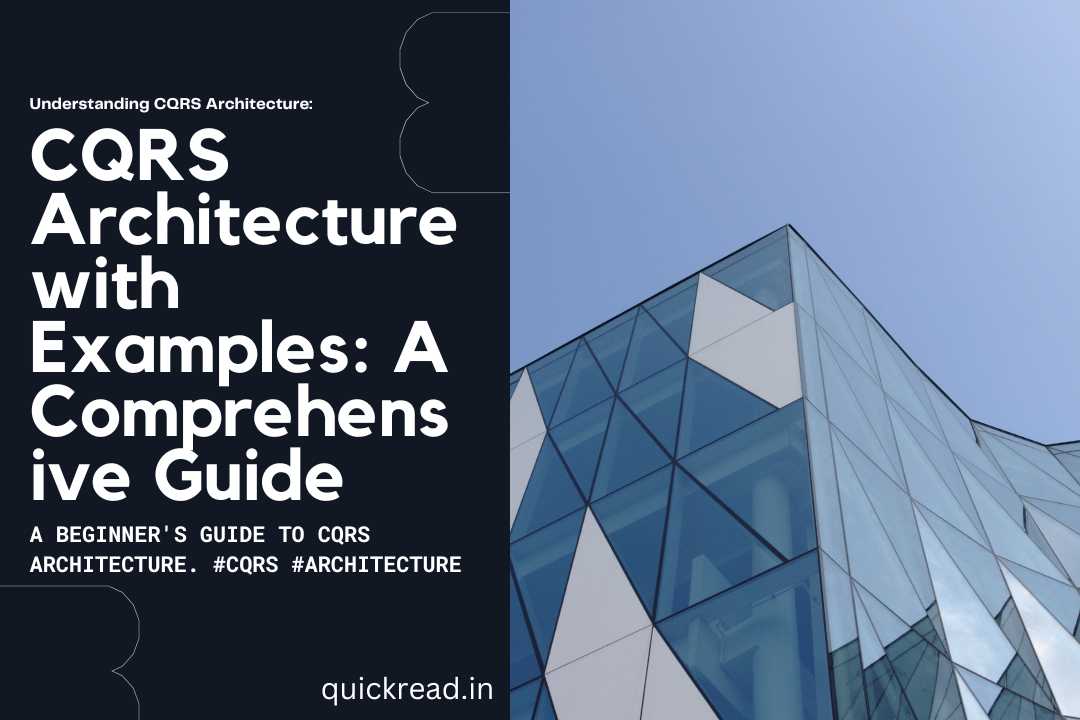Introduction
CQRS is an architectural pattern that separates read and write operations for a data store. By segregating commands for updates from queries for data, CQRS Architecture improves performance, scalability, and security of application components.
In this in-depth guide for beginners, you will learn:
- What CQRS is and the problems it solves
- CQRS concepts like commands, queries, and segregation
- Simple and event-sourced CQRS implementations
- Examples demonstrating CQRS benefits
- Common use cases for CQRS in applications
- Downsides and challenges to consider with CQRS
By the end, you’ll have a solid understanding of the CQRS pattern and when it may be useful for your projects.
This content has been restricted to logged in users only. Please login to view this content.
Conclusion
CQRS provides powerful benefits like scalability and flexibility by separating reads and writes into their own models. Simple implementations may not yield substantial gains versus added complexity, but properly architected CQRS aligns well with goals like microservices and DDD.
Like any pattern, evaluate if CQRS suits your specific domain and use case rather than applying it blindly. Focus on incrementally improving your architecture’s separation of concerns.
By putting commands and queries in their rightful place, you can focus on optimizing read and write workloads independently. Just be ready to embrace the intricacies of asynchronous messaging to unlock the benefits.


